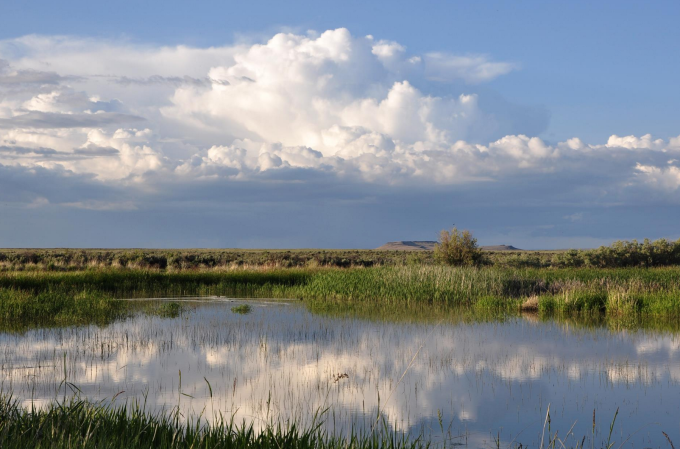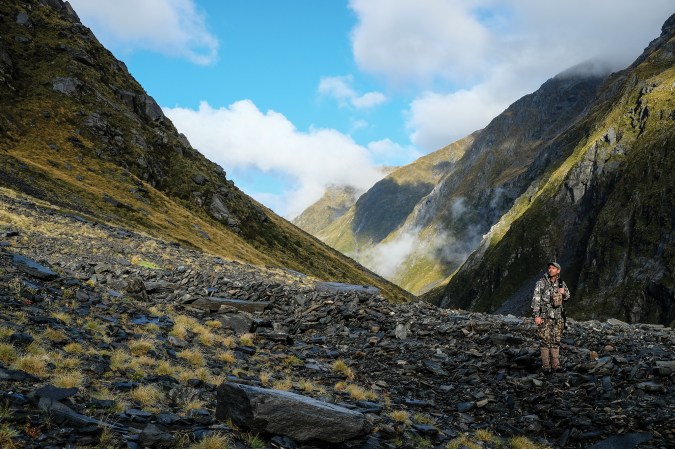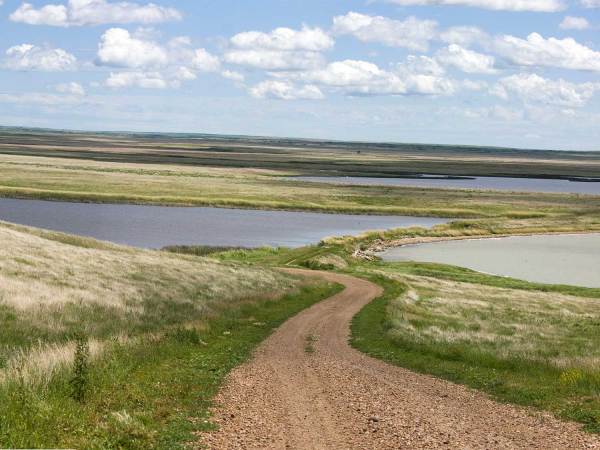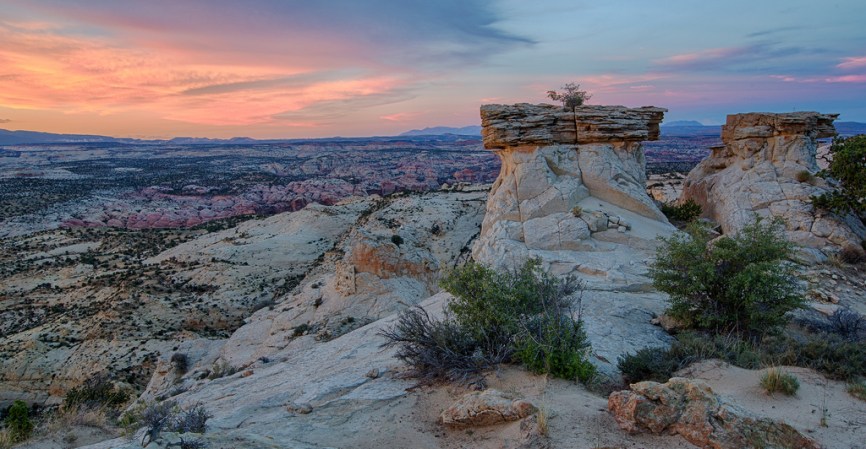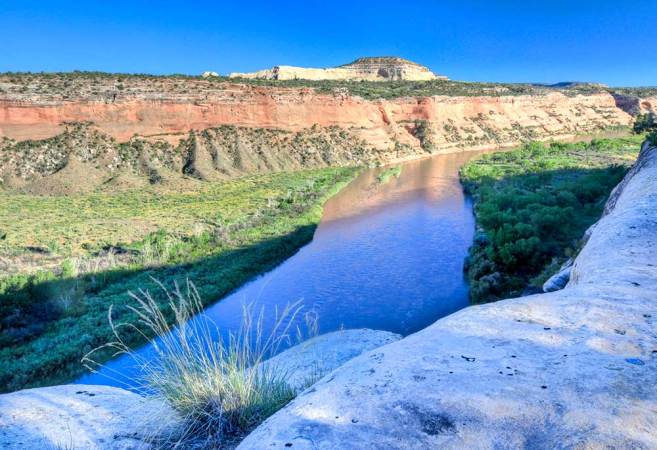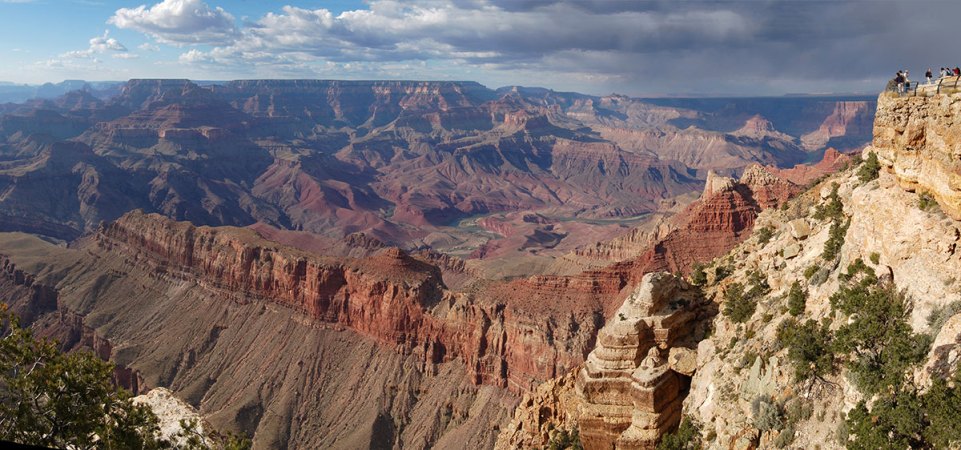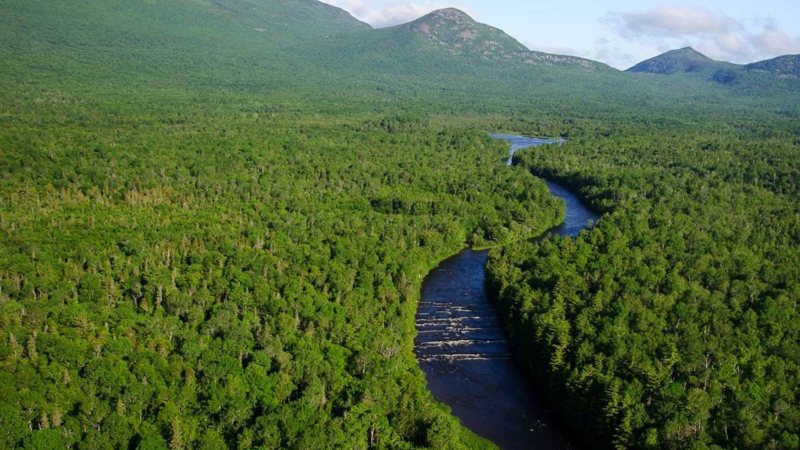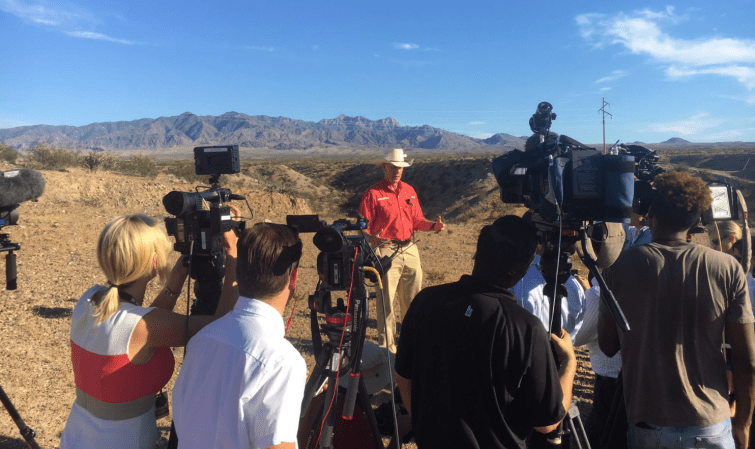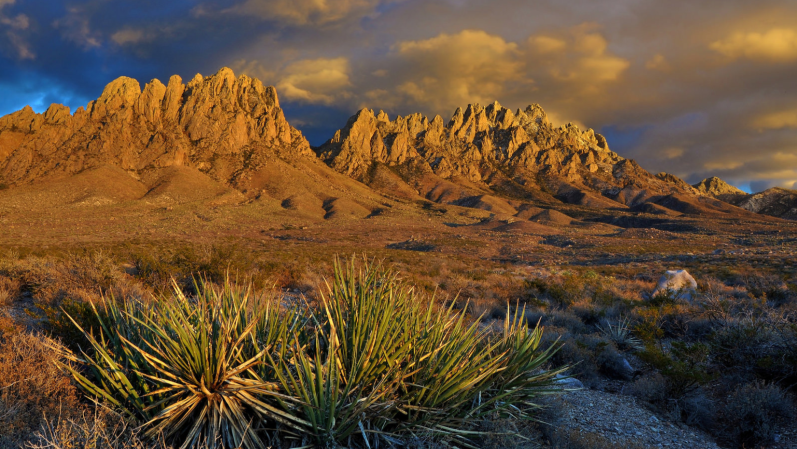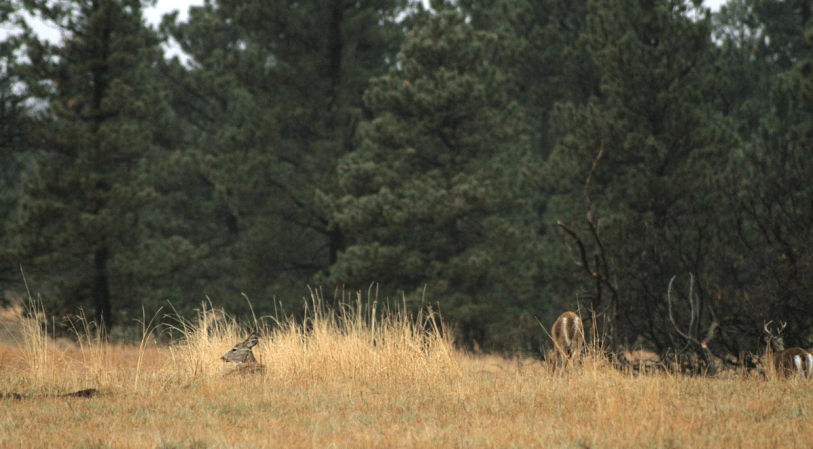With the federal government locked in self-afflicted paralysis as of midnight, all 561 national wildlife refuges and 368 national parks are now closed to the public. However, nearly all of the country’s 155 national forests and 2,400 U.S. Army Corps of Engineers recreation areas, as well as vast sprawls of lands managed by the BLM and other federal agencies, remain accessible and available for hunting and fishing.
The thumb-nail rule: Where federal lands remain open to public access, it remains lawful to hunt and fish in accordance with locally applicable state law.
The catch is, with more than 80 percent of Forest Service employees and 95 percent of the BLM’s workforce set to be furloughed by Oct. 5, only emergency response and minimal law enforcement services will be available. The skeletal staffing means all pending federal permit applications, where required, will be frozen, and access to some areas in national forests, wilderness areas, USACE-managed recreation areas and BLM lands will be restricted by possible road closures.
The best way to define what would be closed and what would be open is to understand the difference between national parks and national forests.
What the shutdown primarily affects is “gated (national) parks,” writes Rocky Barker in the Idaho Statesman. “Thus, if there is a park or federal campground or rec site that has a ticket booth where you pay for access, etc., those are shut down.
“Non-regulated public lands have no changes due to a government shut down,” he continues, “so, ANWR and similar open access public lands are still wide open. What you won’t see are any routine maintenance workers in such areas. You may still see a federal law enforcement presence, though it will probably be reduced.”
Although access will remain open to most public lands, Forest Service and BLM administrative offices, visitor centers and developed recreational amenities, such as campgrounds and boat launches, will be closed.
The best advice before hunting any federal land in the wake of a shutdown is to consult your state fish and game department to learn what may, or may not, be affected.
Bad News for Duck Hunters
Migratory waterfowl hunters who planned to visit national wildlife refuges managed by the U.S. Fish & Wildlife Service will have to make other arrangements because all 561 NWRs will be closed to access and recreational. Migratory bird seasons will continue elsewhere in accordance with federal and state regulations.
Hunters and anglers planning to visit national recreation areas managed by the USACE are advised to contact their USACE district office for information regarding the availability of campgrounds and day-use parks operated by concessionaires.
Approximately 7,825 of the USFWS’s 9,551 employees will be furloughed by Oct. 5. Nearly 24,000 of 28,700 Forest Service employees, and 10,250 of 10,800 BLM workers will also be sidelined during the shutdown.
**For more, go to: **
— US Department of the Interior Shutdown Contingency Plans
— US Department of Agriculture Shutdown Contingency Plans
— Government shutdown would affect Federal Refuges
— [How federal land management agencies are planning to deal with a federal government shutdown](https://www.doi.gov/shutdown/index.cfm/ ; www.usda.gov/documents/usda-fs-shutdown-plan.pdf)
— Arizona Game and Fish offices and properties will be open during federal government shutdown
— 10 ways a government shutdown would affect your daily life
— Government Shutdown? The Impacts to Hikers
— Everything you need to know about how a government shutdown works

